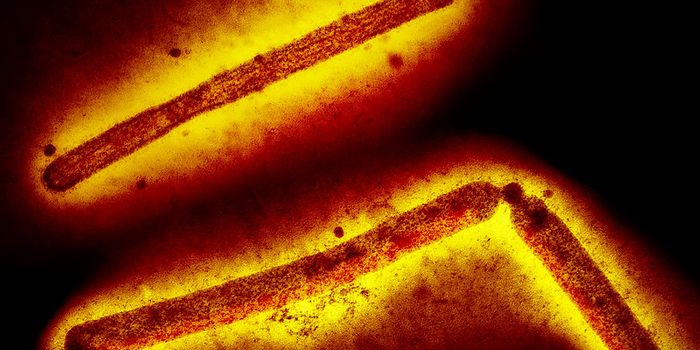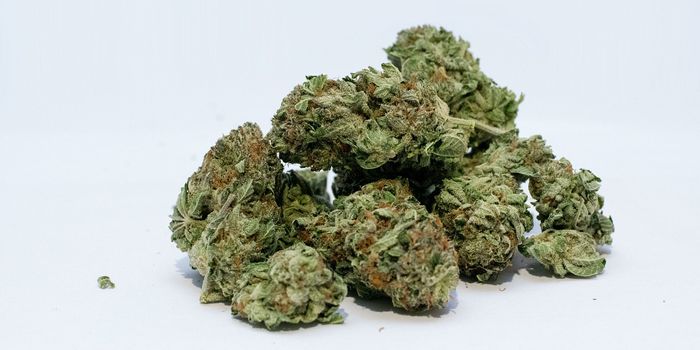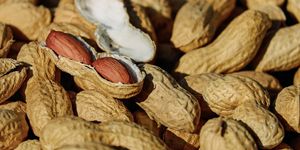Gene Variants Predict Breast Cancer Outcomes
Many people have heard of the BRCA1 and BRCA2 genes because of their association with breast cancer. But scientists have now suggested that many of the genetic variants we are born with, in a variety of different genes, can make a powerful prediction about what type of breast cancer an individual could develop, and what the outcome could be. This study has indicated that random genetic variants that are acquired over a lifetimes are far less important to breast cancer risk compared to those a person is born with; the findings have been published in Science.
"Apart from a few highly penetrant genes that confer significant cancer risk, the role of heredity factors remains poorly understood, and most malignancies are assumed to result from random errors during cell division or bad luck," said senior study author Christina Curtis, PhD, a Professor at Stanford University. While that would make it seem like random events cause the growth of tumors, this is not what's been observed. Instead, tumor development is influence by immunity and genetics, said Curtis. "This new result unearths a new class of biomarkers to forecast tumor progression and an entirely new way of understanding breast cancer origins."
This study has determined that there could be tens or hundreds of genetic variants that may reveal why some people develop cancer and other don't.
"Our findings not only explain which subtype of breast cancer an individual is likely to develop, but they also hint at how aggressive and prone to metastasizing that subtype will be," said first study author Kathleen Houlahan, PhD.
Mutations we gain during our lifetimes are known as somatic mutations, as opposed to those we are born with in the so-called germline genome. Somatic mutations may arise in a variety of places in the genome, and have any number of impacts.
Since not many germline genetic mutations have been identified that can significantly increase a person's risk of cancer, researchers began to look for somatic mutations that could cause breast cancer. Curtis used machine learning to assist in this effort, and eventually classified eleven subtypes of breast cancer, each with different prognoses and relapse risk. Four of eleven types were much more likely to return. This information can be critical to patients and care providers when making treatment decisions.
When somatic mutations arise in oncogenes, it can derail the normal growth of a cell, and lead to unchecked proliferation, or tumor development. Mutations in oncogenes were found to affect different cancer-related pathways, and they could differentiate between subtypes of breast cancer.
T cells look for infected cells. They do this by checking out epitopes that are displayed on the outside of cells, and are made up of HLA proteins. Infected cells display epitopes that T cells with identify as suspicious. These HLA proteins vary significantly from one person to another.
The researchers assessed thousands of breast tumor samples from different disease stages. They determined that people who had certain HLAs in their genome with a 'high oncogene burden' and that made their epitopes prominently displayed, were far less likely to develop cancer when somatic mutations occured in oncogenes.
"At the early, pre-invasive stage, a high germline epitope burden is protective against cancer," Houlahan said. "But once it's been forced to wrestle with the immune system and come up with mechanisms to overcome it, tumors with high germline epitope burden are more aggressive and prone to metastasis. The pattern flips during tumor progression."
"Basically, there is a tug of war between tumor and immune cells. In the preinvasive setting, the nascent tumor may initially be more susceptible to immune surveillance and destruction," Curtis explained. "Indeed, many tumors are likely eliminated in this manner and go unnoticed. However, the immune system does not always win.
"Some tumor cells may not be eliminated and those that persist develop ways to evade immune recognition and destruction. Our findings shed light on this opaque process and may inform the optimal timing of therapeutic intervention, as well as how to make an immunologically cold tumor become hot, rendering it more sensitive to therapy."
A person's genome might one day be used to make predictions and clinical decisions, and there could be additional subtypes that could make cancer treatment even more personal.
"We started with a bold hypothesis," Curtis said. "The field had not thought about tumor origins and evolution in this way. We're examining other cancers through this new lens of heredity and acquired factors and tumor-immune co-evolution."
Sources: Stanford University Medical Center, Science









